DIAMOND CUT
LEARN ALL ABOUT THE CUT OF A DIAMOND
This post contains affiliate links. If you use these links to buy something I may earn a commission. Thanks! As an Amazon Associate I also earn from qualifying purchases.
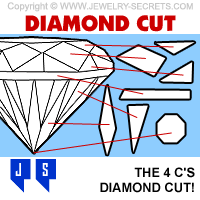
Take a diamond ring and tilt it back and forth in the light. You see those sparkles and flashes of light? That’s the life and beauty of a diamond. That’s what we crave. That’s what we want.
That brilliance and sparkle is caused by one thing: cut.
The cut (one of the 4C’s) is what makes a diamond come to life. The better a diamond is cut, the better the sparkle, brilliance and fire will be.
You don’t get sparkle from color or clarity or carat weight. It’s all based upon the cut (or the cutting style). The cut is both the proportions and the symmetry of the diamond.
Sadly, cut is the least talked about 4C’s in many jewelry stores. Salespeople talk about clarity and flaws and color, but often, cut is passed over as nothing more than the “shape of the stone” (as in the image below).
Diamond Shapes:
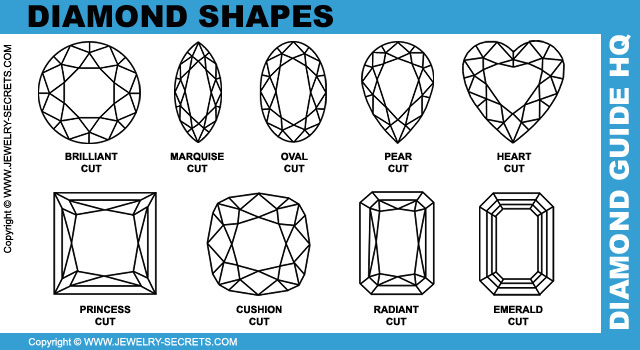
It’s easy to understand why people would get them mixed up, all the diamond shapes are called cuts: pear cut, brilliant cut, marquise cut… So that’s what people think cut is, the shape of that stone.
While it’s true that the shape (round, rectangle, square, oval…) is part of the cut, the cut is so much more than that.
Cut is really about proportions, angles, thickness, dimensions, percentages, symmetry, depth, and polish.
These things are what helps light travel through the stone and come out in a million sparkles of light. This is the romance and awe factor. This is why we fall in love with diamonds.
That beautiful light can be broken down into 3 specific categories: brilliance, fire and scintillation.
Brilliance:
Brilliance (also called brightness) is reflections inside and outside of the diamond. When you view a diamond and see huge splashes of white light, that’s brilliance.
Fire:
Fire (also known as dispersion) is when the light enters the diamond and is bent. It comes back out in a spectrum of amazing colors (like sunlight in rain creates a rainbow). These flashes of beautiful color are the fire in a diamond.
Scintillation:
Scintillation is the sparkle effects in a diamond caused by the contrast of light and dark areas. When you tilt your diamond and see the twinkles, that’s scintillation.
Brilliance, fire and scintillation is enhanced by the cut of a diamond. And no diamond portraits that better than the brilliant cut diamond.
Brilliant cut diamonds are diamonds cut with the brilliant cutting style. This style of cut gives you more light and sparkle than any other cut because of its perfect balance, symmetry and stunning patterns. No other cut surpasses it.
Let’s take a closer look at the brilliant cut diamond…
Brilliant Cut Diamonds:
The brilliant cut diamond has 58 facets (57 if there is no culet). There are 33 facets on the crown (top portion of the diamond), and 25 facets on the bottom of the diamond (the pavilion).
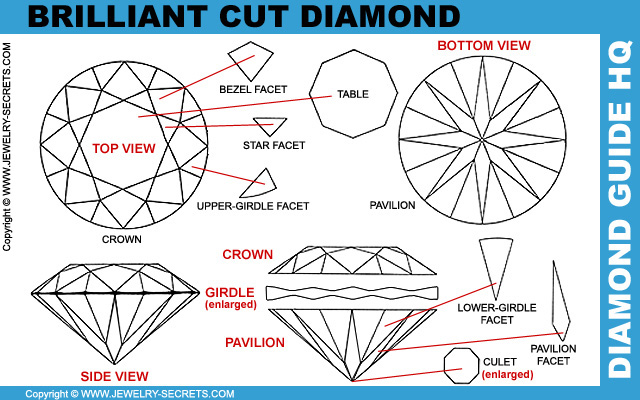
Crown Facets:
The 33 facets that make up the top portion of the diamond (above the girdle) are:
Table:
The diamond has one table facet, which is the top flat part of the diamond. This facet is shaped like an octagon (stop sign) and is what you look into to see the beautiful sparkles of light in the diamond.
Star Facets:
The crown has eight star facets, which are triangular shaped facets that go all the way around the table giving the table that cool star-like appearance.
Bezel Facets:
The crown has eight bezel facets. These are facets that go around the outside of the crown and are shaped like a diamond (or kite shaped) that link the table facet to the girdle facets.
Upper Girdle Facets:
There are sixteen upper girdle facets that outline the outer edge of the crown. These facets are also known as “upper halves”.
Pavilion Facets:
The 25 facets that form the bottom (or base) of the diamond below the girdle are:
Lower Girdle Facets:
There are sixteen lower girdle facets that are long triangular shaped facets that extend from the girdle (should line up with the upper girdle facets) and extend down into the pavilion.
Pavilion Main Facets:
There are eight pavilion main facets. These are long diamond shaped (or kite shaped) facets that go from the very bottom of the diamond and point upwards towards the girdle.
Culet:
At the very tip (or point) of the diamond is where you will find the culet. The culet is a small octagon facet at the very bottom that keeps the diamond from chipping. That’s it’s sole purpose in life.
These 58 facets form the most popular cut of diamond on the market; the brilliant cut diamond.
The brilliant cut wasn’t always so brilliant though. In fact, it started out as just a point…
The History & Evolution of the Brilliant Cut:
It took over 500 years of cutting to evolve into the modern day diamond. Changes over the years made radical cuts that took the diamond from literally a sharp point (point cut), into the modern brilliant cut that you see in jewelry stores today.
This cutting order of progress was: point cut, table cut, single cut (still used today), mazarin cut, old mine cut, old european cut, and then the ultimate brilliant cut diamond. See image below…
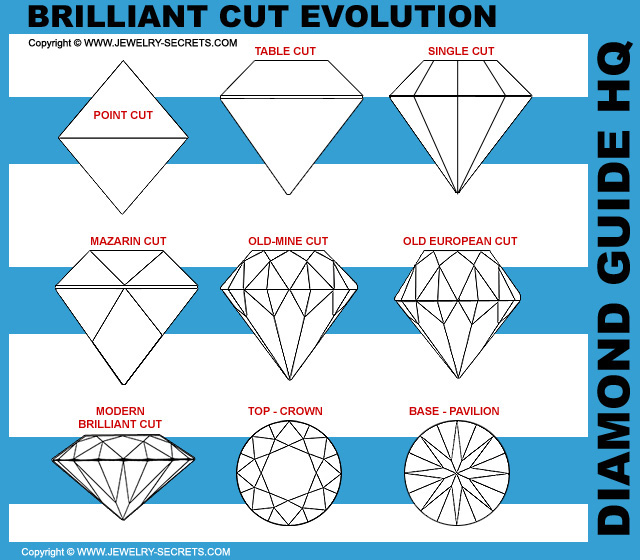
Other cuts of diamond are cut with this brilliant cutting style as well. They are called “modified brilliant cuts” (as you’ll see on a diamond certificate report). They are: The heart shape, The pear shape (or tear drop shape), the princess cut, trilliant cut, radiant cut, oval cut and marquise cut diamond. Exceptions on the market would be: emerald cut (which is actually a step cut diamond), baguette cut (straight and tapered step cuts), and the single cut diamond. The single cut is a small diamond (usually under 10 points) with just 17 facets on it (we’ll get more into fancy cuts later on in this post).
Brilliant Cut Proportions:
Just because it’s brilliant cut doesn’t mean it’s brilliant…
Diamonds are like people. Some are short and fat, others are tall and skinny. Finding the right balance will give you the best results.
If a diamond is cut too deep, it will get a dark shadow in the stone (called a nail head). Light will leak out of the bottom of the diamond through the pavilion and get lost.
If a diamond is cut too shallow (called spread stones), light will go right through the diamond and not get reflected back to the viewer. Shallow or narrow stones look larger than they really are, but they can weaken the diamond and make them more prone to chipping or breaking.
Plus, diamonds this shallow often get a reflection of the girdle around the table that looks like a fish eye. See images below…
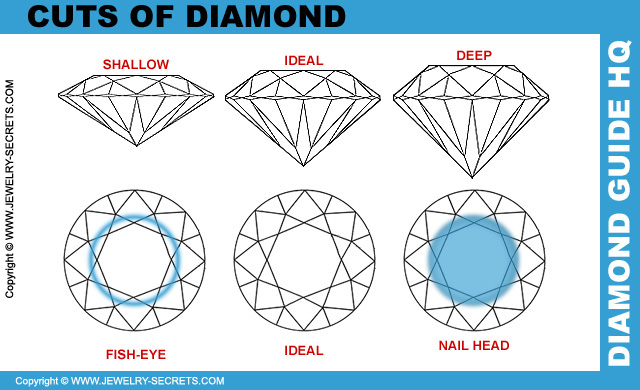
The best cut to get is one where light can enter the stone, bounce across the pavilion and return in a million flashes of white light and fire.
The reason why all diamonds are not cut more ideally is because of profit.
Rough diamonds, when pulled from the earth, are evaluated to obtain the highest amount of profit from the rock. If a stone needs to be cut smaller or shallow to allow another stone to be cut larger or better, then the result will be more profit.
Diamond cutters utilize every bit of rock they can and often the sacrifice is cut.
The cutting process goes through many stages before you get to the final product: rough rock, sawing, bruting, blocking and brillianteering. See image below…
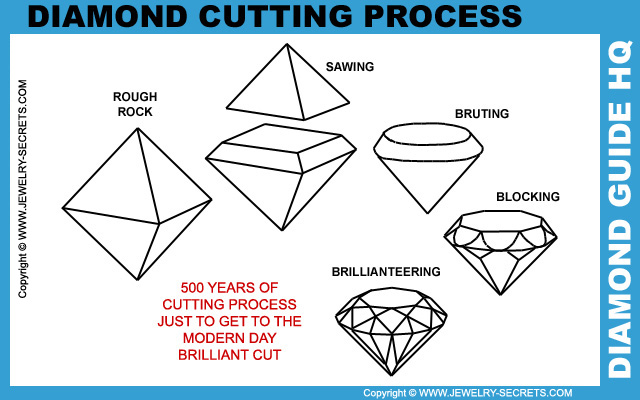
Take a look at the diagram below and the cost differences between diamond cuts to understand why diamonds are cut and how they affect price.
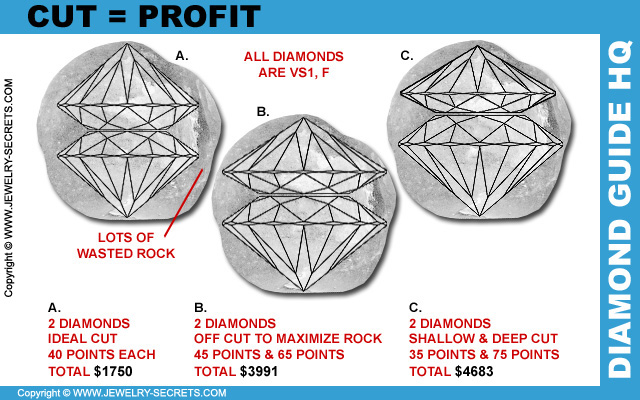
It’s all about the money. Just like any business.
The brilliant cut diamond gives you the maximum amount of brilliance when the numbers fall more into ideal standards.
Ideal Cut Diamonds:
Once your diamond gets into the right range of proportions, percentages and angles, you get an ideal combination and awesome light and brilliance.
This range of percentages gives you both a great balance of white light and colored light in a diamond.
Developed by a mathematician named Marcel Tolkowsky in 1919, the ideal cut diamond maximizes the proportions of a diamond to give you the best performance of sparkle and light that any diamond could give you.
The proportions and percentages of an ideal cut diamond are below…
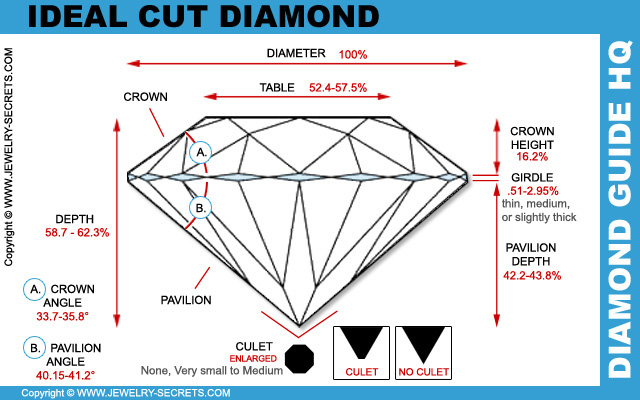
The goal is to get a diamond that falls into these ranges. Keep in mind, this is not the easiest task since we’re talking about small differences and slight angles. Being within a couple of percents one way or the other way could change the entire way a diamond reacts with light. Luckily, the average person is not going to notice these small differences. So if you get close, you’ll be okay.
Ideal cut diamonds are often cut so perfectly that they get patterns in them that look like hearts and arrows. Facets around the diamond get so symmetrical it’s like a perfectly mirrored pattern around the stone when viewed with a special jeweler’s optical loupe. From the top view (looking straight down into the diamond) you’ll see a display of arrows. Looking from the bottom view (looking into the pavilion) you’ll see a beautiful display of hearts as in the image below.
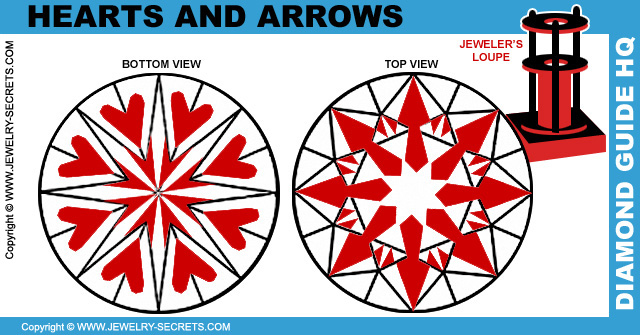
There is only one other cut more impressive than an ideal cut diamond, and that’s a super-ideal cut diamond.
Super Ideal Cut Diamonds:
Super ideal cuts (like these diamonds here at James Allen) are an ideal cut diamond with excellent polish and finish. This combination brings out a diamonds full potential. It makes the light coming from the stone crisp, distinct and very sharp.
Super ideal cut diamonds are the top of the line, the best of the best. Excellent in every way. And that’s the real beauty of it all. The beauty of light.
The 60/60 Rule:
Now comes the fun part… Putting it all together.
What makes a good cut and what makes a bad cut? To find out, we’ll have to dissect a diamond.
The widest part of any diamond is the diameter of the diamond, which is measured from one side of the girdle to the opposite side. This width is what all other proportions of the diamond are measured against.
So the width (or diameter) of any diamond is known as 100%.
The width of the table (top flat portion of the diamond) is measured against the diameter, and so is the depth of the diamond. These percentages are also listed on a diamond certificate report (like the GIA diamond reports below). You’ll see the table percentage and the depth percentage right under the heading “proportions” (before 2005) like so…
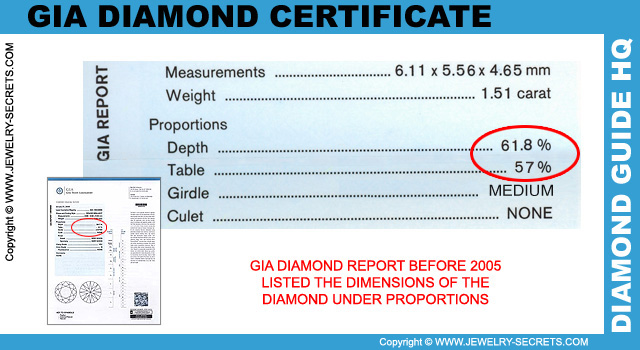
On newer diamond certificate reports (2005 and on), you’ll actually find the percentages listed on the diamond profile (which is next to the diamond plot), as in the image below…
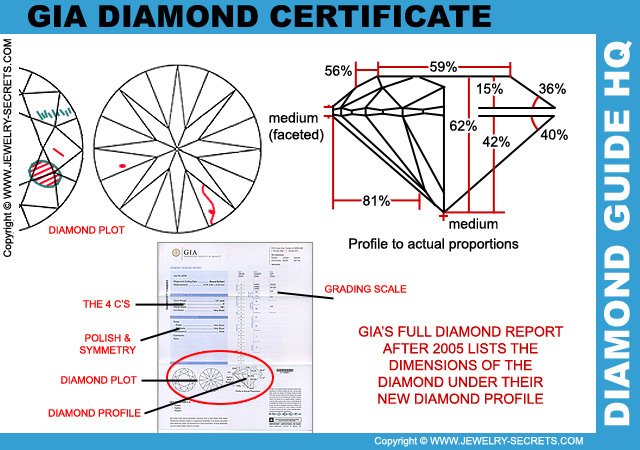
The rule of thumb used to be 60/60. If you got a table percentage that was close to 60% and a depth percentage that was close to 60% you’d normally get a pretty good looking diamond. Normally. This was the case and this is what we’d tell customers for years…
But 60/60 didn’t always mean the cut was great. Look at the image below to understand where I’m coming from. All 3 diamonds are cut with 60/60 percentages, but the cuts of the diamonds are very different.
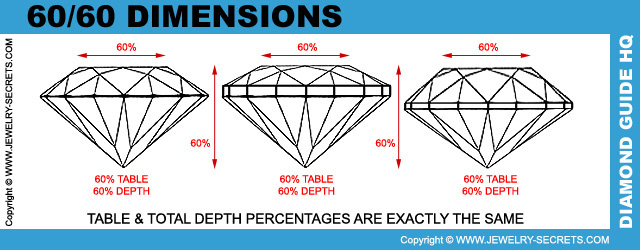
So looking at just these 2 percentages wasn’t always the best way to judge cut. You’d have to have more information that older grading reports weren’t giving you…
Hence GIA (The Gemological Institute of America) revamped it’s standards (in 2005) and today’s diamonds are graded with GIA’s new cut scale grading system.
GIA Cut Scale Grading System:
This new cut scale gives a diamond 5 different levels of cut grades: excellent, very good, good, fair and poor. It’s safe to say that you would want to purchase a diamond with a very good or excellent cut grade.
These grades are highly detailed and take so much more into consideration. Crazy things that most people have never heard of; facets not lining up; culets being off center; misshapen bezel facets; non octagon table facets. Things like this actually make a huge impact on how a diamond reacted with light…
The new cut grades look at both the proportions of the stone and the polish and finish of the stone as well.
To delve further, let’s look at the profile of a diamond to see what goes into the final grade.
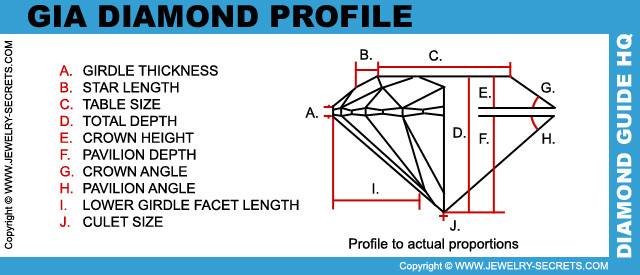
These Cut Grade Proportions are:
Diameter:
The diameter is 100% the width of the stone.
Total Depth:
The total depth is the entire depth of the diamond from the top of the table to the base of the pavilion.
Table Size:
The table size is the width of the table facet against the diameter of the diamond (average after measuring a couple of different sides).
Crown Angle:
The crown angle is the angle of the crown from the girdle to the table.
Crown Height:
The crown height is the height of the crown from the girdle to the top of the table.
Pavilion Angle:
The pavilion angle is the angle or slope of the base of the diamond from the girdle to the culet.
Pavilion Depth:
The pavilion depth is the depth of the pavilion from the girdle down as measured against the diameter of the diamond.
Star Length:
The star length is the length of the star facets relative to the table and girdle.
Lower-Half Facet Length:
The lower-half facet length is the distance between the culet and where the pavilion facets meet.
Girdle Thickness:
The thickness of the girdle (both the hills and valleys) is graded with 8 different descriptions:
Extremely Thin Girdle:
Extremely thin girdles have a very sharp edge and can chip or break pretty easily. They come to a knife edge and it wouldn’t take much for them to show signs of abrasion.
Very Thin Girdle:
Very thin girdles look like just a fine line running around the outer edge of the diamond. They can still chip or break easily.
Thin Girdle:
Thin girdles look like a small line around the stone. They are easier to see with magnification.
Medium Girdle:
Medium girdles are one of the best girdles to get. They are not too thick or too thin. They look great and help protect the stone.
Slightly Thick Girdle:
Slightly thick girdles are a little bit bigger and more obvious. They are still a great girdle to get and they are perfect for protection and mounting.
Thick Girdle:
Thick girdles start to get a little too thick. They may stand out and get noticed. Still not bad, but I wouldn’t get a girdle any thicker than this.
Very Thick Girdle:
Very thick girdles are pushing the limits. They may now distract from the beauty of the diamond and look very obvious to the bare eye (no loupe needed).
Extremely Thick Girdle:
Extremely thick girdles are very thick and very distracting. They can stand out like a sore thumb and look quite ugly. Usually this thickness of girdle means that the cutter left it heavy to add carat weight to the stone. Sightly and huge, they can even make it hard to set in a mounting.
Culet Size:
The culet size is the small bottom facet at the end of the pavilion. The culet is parallel the table facet and is meant to protect the vulnerable tip of the diamond from chipping or abrasion.
Culet descriptions can be one of eight different types:
None (no culet):
No culet at all. The diamond comes to a very sharp point (and then the diamond only has 57 facets). This non-culet can chip easy so you have to be very careful.
Very Small Culet:
A very small culet that is tiny indeed. It can still chip or break if not careful. They are hard to see under 10x magnification.
Small Culet:
A small culet is one of the best culets you can get. They don’t stand out and they they help protect the end from chipping. Small culets are difficult to see under magnification and may look like nothing more than a pin point.
Medium Culet:
A medium culet is a great culet to have as well, since it protects the diamond and is not noticeable unless you microscope the diamond.
Slightly Large Culet:
A slightly large culet gets a little bit bigger and easier to see under magnification. The culet may look like a small hole under the microscope. You may also be able to see this culet with the unaided eye.
Large Culet:
A large culet is bigger and may be more visible to the unaided eye. Some may think that the dot in the center of the stone is an inclusion.
Very Large Culet:
A very large culet is a culet that gets much bigger and very visible without magnification. Sometimes this culet will look like a hole in the diamond.
Extremely Large Culet:
An extremely large culet gets so large it can look like a bullet hole in the stone. Being this large is can be quite distracting from the rest of the stone and the beauty of the diamond.
Polish:
Polish is how perfectly smooth and clean your facets end up. It’s like a mirror that has dirt and debris on it. That debris acts like a filter and stops light. Diamonds are no different. If the polish of the stone is rough or wavy or has lines, it keeps light from passing through the facets and bouncing back into a dazzling display of light.
If your diamond isn’t polished well, even the most perfect cut can produce bad results.
Symmetry:
Symmetry is how perfectly mirrored and balanced your diamond becomes. Each star facet should be the exact same size, shape, width and placement around the stone. The edges of the facets should align perfectly with other facets. The girdle should be consistent all the way around.
Little misalignments and off-center facets can throw light and patterns off. They can even make a high clarity and high colored diamond look dark inside.
Good symmetry gives your diamond that perfectly mirrored look like the beautiful hearts and arrows we talked about above.
Brilliance:
Brilliance (brightness) is how bright the diamond is, along with how many dark areas appear inside the stone.
Fire:
Fire (or dispersion) is how much fire appears in the diamond.
Pattern:
Patterns are how well the symmetry works together with the light and darks areas of the stone. The patterns should be consistent and repeated to make the diamond overall visually appealing.
Now let’s look at how these all come together to form the actual GIA cut grades.
GIA Cut Grades:
First up is the best grade cut: the excellent cut…
Excellent Cut Grade:
To qualify as an excellent cut, there needs to be excellent proportions and excellent light performance. The result is a very bright diamond.
Generally there will be an even distribution of light all around the diamond and the diamond will also have excellent scintillation (sparkle effects) with both white light and dark light areas.
This diamond needs to fall into a certain range of percentages and angles to qualify as an excellent cut, and even then, if all the percentages do fall within these ranges, they could combine together and form a negative affect which can then lower the cut grade.
The Main Characteristics of an Excellent Cut are:
- Brightness – High
- Fire – High
- Pattern – Minute Pattern Defects
- Total Depth % – 57.5% – 63%
- Table % – 52% – 62%
- Crown Angle – 31.5° – 36.5°
- Pavilion Angle – 40.6° – 41.8°
- Crown Height – 12.5% – 17%
- Star Facet Length – 45% – 65%
- Lower Girdle Facet – 70% – 85%
- Girdle Thickness – Thin – Slightly Thick
- Culet Size – None to Small
- Polish – Excellent to Very Good
- Symmetry – Excellent to Very Good
Very Good Cut Grade:
A very good cut grade has great qualities and maybe even some excellent qualities. They contain great light performance and great proportions.
Not all proportions are perfect though, some diamonds may have a thick girdle or a shallow crown angle. Overall, very good cuts are beautiful diamonds and one of the best cuts you can get.
Anything very good or excellent are the best grades that money can buy (like these diamonds here at James Allen).
Let’s look at the Characteristics of a Very Good Cut:
- Brightness – High to Moderate
- Fire – High to Moderate
- Pattern – Minor Pattern Defects
- Total Depth % – 56% – 64.5%
- Table % – 50% – 66%
- Crown Angle – 26.5° – 38.5°
- Pavilion Angle – 39.8° – 42.4°
- Crown Height – 10.5% – 18%
- Star Facet Length – 40% – 70%
- Lower Girdle Facet – 65% – 90%
- Girdle Thickness – Extremely Thin – Thick
- Culet Size – None to Medium
- Polish – Excellent to Good
- Symmetry – Excellent to Good
Good Cut Grade:
Good cut grades are a nice average quality of cut to have in a diamond. They have good sparkle and good brilliance. These diamonds have some great qualities but lack some of the fire and life that better cut diamonds are known for. Most people probably wouldn’t notice this difference unless you compared the cuts side by side.
The angles of the crown and pavilion can be deep or shallow and you may see more darkness in the stone. Overall, a good cut with good sparkle.
The Characteristics of a Good Cut are:
- Brightness – Moderate
- Fire – Moderate
- Pattern – Noticeable Pattern Defects
- Total Depth % – 53% – 66.5%
- Table % – 47% – 69%
- Crown Angle – 22° – 40°
- Pavilion Angle – 38.8° – 43°
- Crown Height – 9% – 19.5%
- Star Facet Length – Any Value
- Lower Girdle Facet – Any Value
- Girdle Thickness – Extremely Thin – Very Thick
- Culet Size – None to Large
- Polish – Excellent to Fair
- Symmetry – Excellent to Fair
Fair Cut Grades:
Diamonds with a fair cut are not the brightest bunch. More than likely diamonds like this are probably not certified (why flaunt the fact that’s it’s just fair?)
You will see many dark shadows in the stone. The stone can be very steep, lumpy or quite shallow and thin. These cuts will bring the price of the diamond down.
“This diamond is $1,000 cheaper than our competitors“
…And for a very good reason!
If it sounds too good to be true, it usually is.
The Characteristics of a Fair Cut are:
- Brightness – Moderate – Low
- Fire – Moderate – Low
- Pattern – Obvious Pattern Defects
- Total Depth % – 51% – 70.9%
- Table % – 44% – 72%
- Crown Angle – 20° – 41.5°
- Pavilion Angle – 37.4° – 44°
- Crown Height – 7% – 21%
- Star Facet Length – Any Value
- Lower Girdle Facet – Any Value
- Girdle Thickness – Extremely Thin – Extremely Thick
- Culet Size – None to Very Large
- Polish – Excellent to Fair
- Symmetry – Excellent to Fair
Poor Cut Grades:
Poor cut grades may never be seen in a diamond certificate unless you get into a very large carat weight (size makes up for quality).
Poorly cut diamonds will not have much sparkle. The angles and proportions and symmetry will all be off.
The depth may be really deep and lumpy, or it could be very thin, dangerous, and vulnerable to chipping or breaking.
Culet sizes can be thick and off center. Facets might be out of alignment. Tables can be skewed or lopsided. Crowns can be uneven…
These diamonds lack life, luster and shine.
The Characteristics of a Poor Cut are:
- Brightness – Low
- Fire – Low
- Pattern – Prominent Pattern Defects
- Total Depth % – <51% - >70.9%
- Table % – <44% - >72%
- Crown Angle – <20° - >41.5°
- Pavilion Angle – <37.4° - >44°
- Crown Height – <7% - >21%
- Star Facet Length – Any Value
- Lower Girdle Facet – Any Value
- Girdle Thickness – Extremely Thin – Extremely Thick
- Culet Size – None to Extremely Large
- Polish – Excellent to Poor
- Symmetry – Excellent to Poor
Most of the certified diamonds you find on the market today are probably good cuts or better. Most jewelers wouldn’t spend the money to get a poorly cut diamond certified, nor would they want to buy one because it could be hard to sell.
GIA did a great job helping people figure out if a diamond has a good cut or a bad cut. They made it easy for the layman to understand by simply looking at the report and seeing what the cut grade is.
Setting up this new cut scale has really made vast improvements to the cut grading system. It’s brought cut to the foreground. It turned a confusing topic of proportions and percentages into a simple topic that customers can see and understand.
With 5 simple grades, people can see where their diamond falls within the charts. They can understand how it rates and compare it just like they can with color and clarity.
The grade scale doesn’t leave it up to the consumer to determine whether a thick girdle or high crown affects the beauty and sparkle of a diamond… It shows you.
The new certificates give you all the old information, but now it gives you so much more. You can either learn them, or completely tune them out and just look at the overall grade. Easy as that.
“This diamond is rated very good“… and that’s good enough for me! :)
I believe this new cut grade scale will get rid of the ideal and super ideal standards. Because GIA shows you that some diamonds that fall outside of these “ideal range” standards are still considered an “excellent” cut. That’s impressive. It not only looks at the dimensions of the stone, but how a diamond visibly looks. The face up appearance plays a huge role now in determining the grade of the stone. Does it sparkle? That’s the real key.
How do you know if your Cut is Good?
How do you know if the diamond is cut good? Buy certified!
Buy your diamond loose and buy your diamond GIA certified. The certificate will show you right on the report what all the proportions, percentages, angles, symmetry and polish is.
Never buy a diamond (especially an engagement ring diamond) if it’s not loose and not certified.
Certificates list everything from laser inscriptions to shape, cutting style, measurements, the 4C’s and whether or not the diamond contains any fluorescence (a phenomenon that can make some diamonds have a weird reaction to light and look foggy or hazy).
Diamond certificates will also map out your flaws and inclusions with a diamond plot (if you buy the full diamond report versus the shorter diamond dossier). Seeing the diamond plot can help you locate the inclusions in your stone. See the diamond plots below…
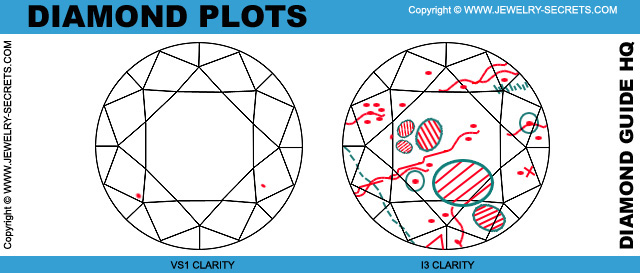
Certificates make identification simple and painless. And they do one thing really, really well…
They tell you what the real quality of diamond is… Not just what the jeweler is telling you.
Without a certificate a jeweler could be telling you anything about the diamond and you’d have no choice to believe them.
Certificates changed all that. Now an outside gemological laboratory grades and evaluates your stone. It takes all the guesswork away. Certificates make comparing diamonds easier and it ups the value of the stone.
Once again: Don’t buy a diamond that’s not certified!
It’s that important.
Fancy Cut Diamonds:
Everything that you see and read about diamonds mainly covers one particular cut; the brilliant cut diamond. But there are so many more cuts of diamond to enjoy…
All other cuts of diamond (other than the round brilliant cut) are called fancy cuts. Fancy cuts are: marquise cut, princess cut, trilliant cut, emerald cut, pear cut, radiant cut, oval cut, heart cut and baguette cut. Take a look at the image below of fancy cut diamonds.
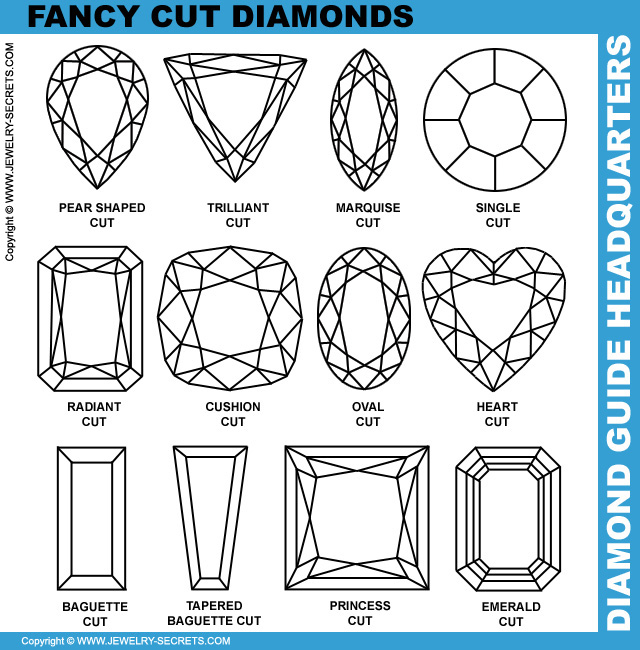
We already know that most modern fancy cut diamonds are cut with the brilliant cutting style to enhance their brilliance and sparkle. But there is one trait that many fancy cuts have that round diamonds do not…
Bow-Ties:
Longer cuts of diamond like the pear, marquise, oval and heart shaped cut, often get what is known as a bow-tie in the center of the stone (usually caused by the stone being cut too deep).
The bow-tie effect is a dark shadow that falls inside the stone that resembles a bow tie. See image below…
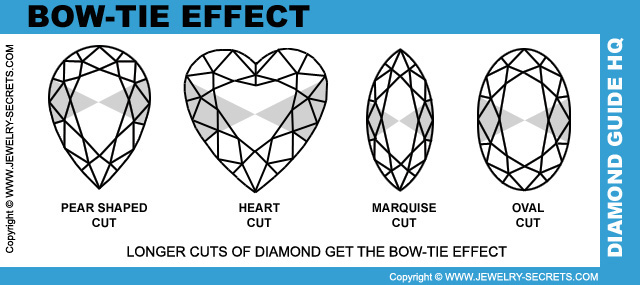
This is caused by the ends of the diamond being narrower and letting in more light than the deeper center of the diamond.
This bow-tie is a good thing if it’s faint or not noticeable. That’s when it’s considered the mark of a good cut.
But, if the bow-tie is too dark and stands out, then it’s distracting and will lower the value of the diamond.
If the diamond is cut too narrow, the diamond will have no bow-tie, and pretty much no sparkle either (this is even worse).
So that’s why I say look for a slight, distinct (but not too dark) bow-tie. :)
Points to Remember:
- Buy certified (GIA).
- Look at the cut grade on the report. You want a very good or excellent rating.
- Check the girdle size and culet size. You don’t want those to stand out. P.S. You do want a culet. No culet (or none) can cause your diamond to chip during setting.
- Look at the polish and symmetry. The better the polish and symmetry, the better the sparkle.
- A very good cut will give you a great looking diamond with great life and beauty.
- An excellent cut will knock your socks off! It’s like a thousand stars in the sky. They will take you to a world of unbelievable beauty. All in the twinkle of an eye.
- Cut is everything.
I congratulate GIA for taking this bold step towards simplifying this highly technical topic.
Customers love it.
Jewelers love it.
You will too!
Just like these Hearts and Arrows diamonds at James Allen HERE!
Here’s the rest of the 4C’s:
Cheers! :)


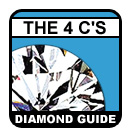
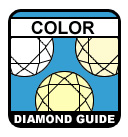
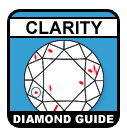
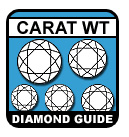


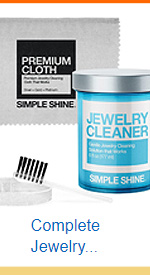
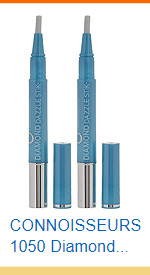




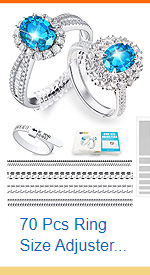
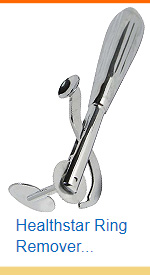
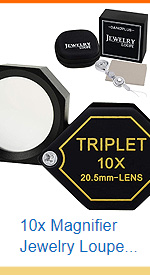





I wanted to know specifically about the emerald cut diamond but that was not covered
Hello, What if the diamond is rated “Good” but all specs of the diamond are within the “Very Good” range except for the table? The table is just 1% point over at 67% allowing it to fall in the “Good” range. Will this diamond still be decent?
Hi Allen. I’m sure it will face up fine. 1% isn’t anything that the eye would detect, but GIA has to draw the line and set standards somewhere. If you want, compare this stone with another that is within the range and see if you can see a difference. Chances are you won’t. -Richard